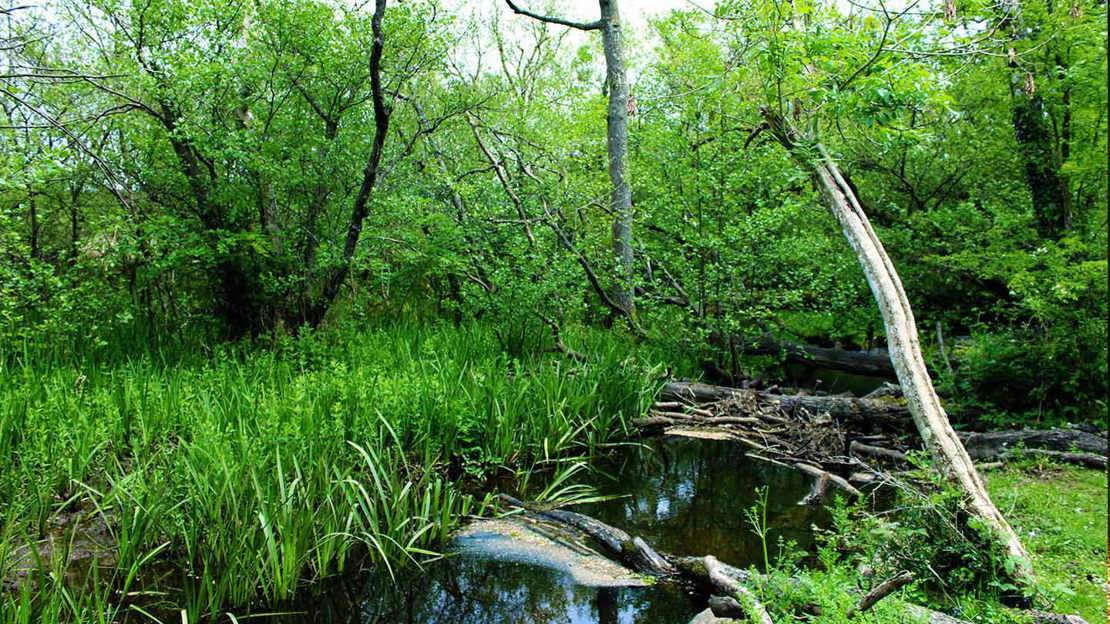
Credit: Alastair Hotchkiss / WTML
Types of wet woodland
There are different types of wet woodland. This is mainly because of variation in how wet the soil is, and also variation in different parts of the UK. These are often known as ‘carr’. The wettest woodland types include carr dominated by willows and birch. Some distinctive types include grey willow carr on fen peats in places such as East Anglia and the meres of Shropshire and Cheshire.





















